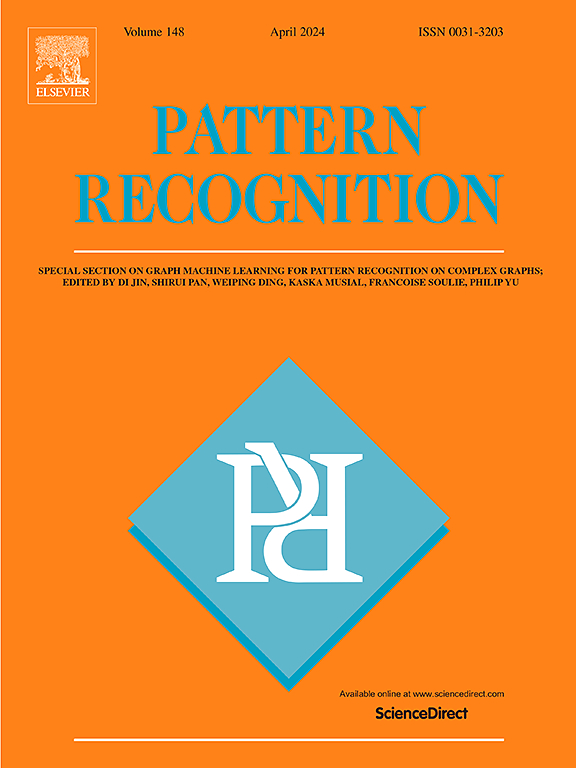Guiding Prototype Networks with label semantics for few-shot text classification
IF 7.5
1区 计算机科学
Q1 COMPUTER SCIENCE, ARTIFICIAL INTELLIGENCE
引用次数: 0
Abstract
Few-shot text classification aims to recognize unseen classes with limited labeled text samples. Typical meta-learning methods, e.g., Prototypical Networks, face several problems. (1) The limited words in each sentence make it difficult to extract fine-grained class-related semantic information. (2) The semantic information from labels is not fully utilized, leading to ambiguities in class definitions. (3) The randomly selected support samples cannot represent their corresponding classes well. In this paper, we propose to leverage label semantics tackling the above problems and present Label Guided Prototype Networks (LGPN). Firstly, we use prompt encoding to generate text representations instead of aggregating the words in the sentences, extracting more class-related semantic information. Secondly, we propose Label-guided Distance Scaling (LDS), in the training stage, we design label-guided loss to pull the samples closer to their corresponding labels, making class distributions distinguishable. Thirdly, in the testing stage, we scale the text representations with the label semantics to pull each support sample closer to the class center, which reduces the prediction contradictions caused by randomly selected support samples (i.e., unsatisfactory support sample representations). We conduct extensive experiments on six benchmark datasets, and our LGPN shows obvious advantages over state-of-the-art models. Additionally, we further explore the effectiveness and universality of our modules.
求助全文
约1分钟内获得全文
求助全文
来源期刊

Pattern Recognition
工程技术-工程:电子与电气
CiteScore
14.40
自引率
16.20%
发文量
683
审稿时长
5.6 months
期刊介绍:
The field of Pattern Recognition is both mature and rapidly evolving, playing a crucial role in various related fields such as computer vision, image processing, text analysis, and neural networks. It closely intersects with machine learning and is being applied in emerging areas like biometrics, bioinformatics, multimedia data analysis, and data science. The journal Pattern Recognition, established half a century ago during the early days of computer science, has since grown significantly in scope and influence.
 求助内容:
求助内容: 应助结果提醒方式:
应助结果提醒方式:


